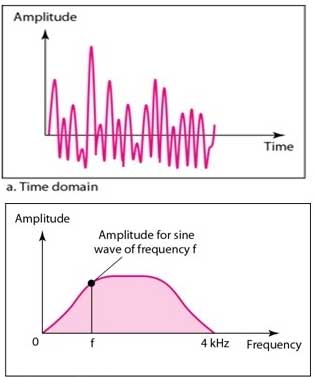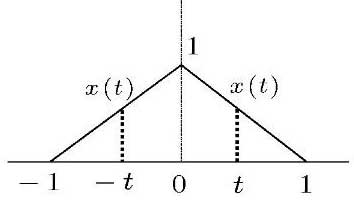Signals play a crucial role in the world of electronics, functioning as the lifeblood of modern technology. Without signals, electronic devices would be inoperative, as signals are essential for transmitting information and controlling various systems. From the basic input on a computer keyboard to complex data communication, signals are everywhere. This article delves into the fundamentals of signals, exploring their meaning, types, and how they are used in electronics. We’ll begin with an overview of what a signal is and then dive into the different types that exist.
Almost all of us are very familiar with the word Signal. In today’s world of electronics, every moment requires a Signal. Without a Signal, nothing in the world of electronics would function.
We are more or less familiar with computers. When we type something on the computer using the keyboard, it is sent to the computer as a Signal (1 and 0). Therefore, a Signal can be considered the oxygen of the electronics world. However, many of us do not know the real meaning of Signal in the language of computers. Today, we will provide some basic insights about Signals.
- What is a Signal?
- Types of Signals.
1. What is a Signal?
Let’s start with an example-
During a cyclone, the meteorological department issues various kinds of warnings or signals. For instance, Signal No. 3 indicates the port is experiencing gusty winds. Signal No. 10 indicates severe weather at the port due to an approaching cyclone, with the possibility of it passing very close or directly over the port.
In simpler terms, when we were younger, we made different sounds in class or outside. Our friends would laugh, or the teacher would get angry because they understood the meaning behind the sound. This can be referred to as a Signal.
If you pay close attention, you’ll notice that Signals carry different kinds of information. Therefore, we can say that a Signal is a function that conveys meaningful information about an event to humans.
In the language of electronics, a Signal refers to the variation of current, voltage, or electromagnetic waves over time that carries information.
2. Types of Signals
Based on characteristics, Signals can be divided into two categories-
Additionally, Signals can be classified into the following types:
- Periodic Signal
- Aperiodic Signal
- Even Signal
- Odd Signal
Periodic Signal: If an Analog or Digital Signal repeats in a specific pattern, it is called a Periodic Signal.

Aperiodic Signal: If an Analog or Digital Signal does not repeat in a specific pattern, it is called an Aperiodic Signal.

Even Signal: An Analog or Digital Signal is called an even signal when x(t) = x(-t), meaning that if the reflected version of the signal is the same as the given signal, it is considered an even signal.

Odd Signal: An Analog or Digital Signal is called an odd signal when x(t) = -x(t), meaning that if the reflected version of the signal is not equal to the given signal, it is considered an odd signal.

1. What is a signal in communication?
A signal in communication is any form of data or information transmitted over a medium, such as airwaves, cables, or optical fibers. It carries information from one place to another in the form of electrical, electromagnetic, or optical signals.
2. What is an example of a signal?
An example of a signal is the voltage variations used in telecommunication systems to transmit voice or data. Another example is the radio waves used in wireless communication to carry broadcast signals.
3. What are the types of signals?
Signals can be broadly classified into two types:
Analog Signals: Continuous signals that vary smoothly over time.
Digital Signals: Discrete signals that use binary (0s and 1s) to represent data.
4. What is a signal in digital electronics?
In digital electronics, a signal refers to a binary electrical or electromagnetic wave that carries data in the form of 1s and 0s. It is used to communicate between different electronic devices or components.
5. What is a signal?
A signal is a function that conveys information about the behavior or attributes of a system or phenomenon. In electronics, a signal can be an electrical current, voltage, or electromagnetic wave that transmits data or instructions.
6. What is a digital signal?
A digital signal is a type of signal that represents information as discrete values, typically binary (0s and 1s). These signals are used in digital systems and are less prone to noise and distortion compared to analog signals.



